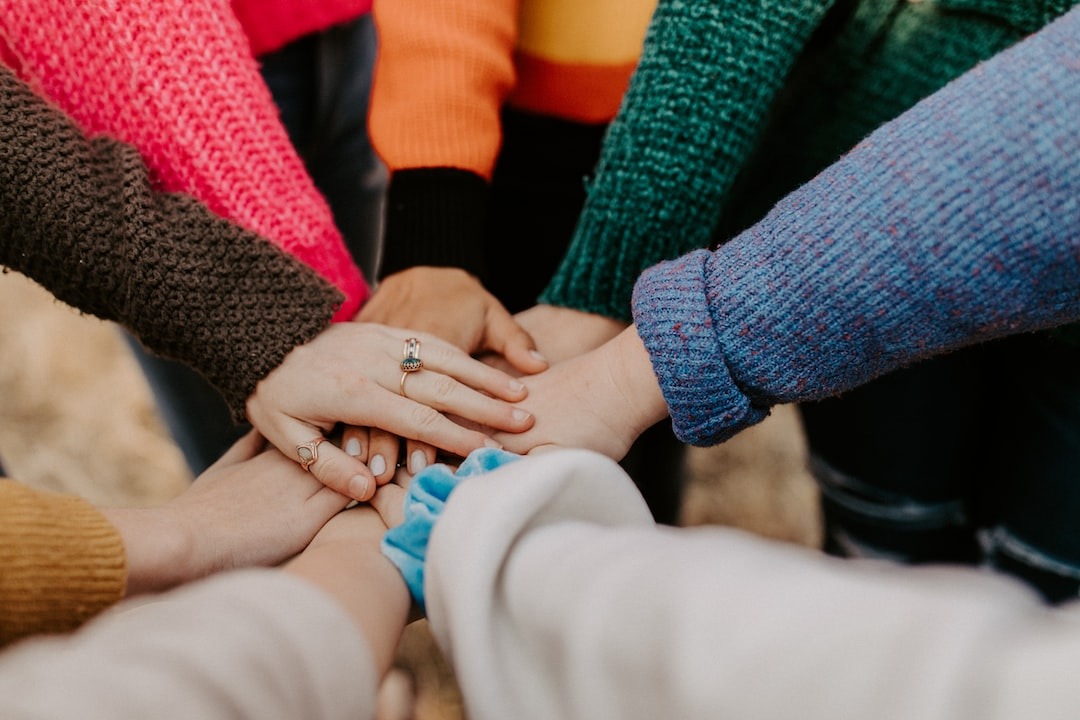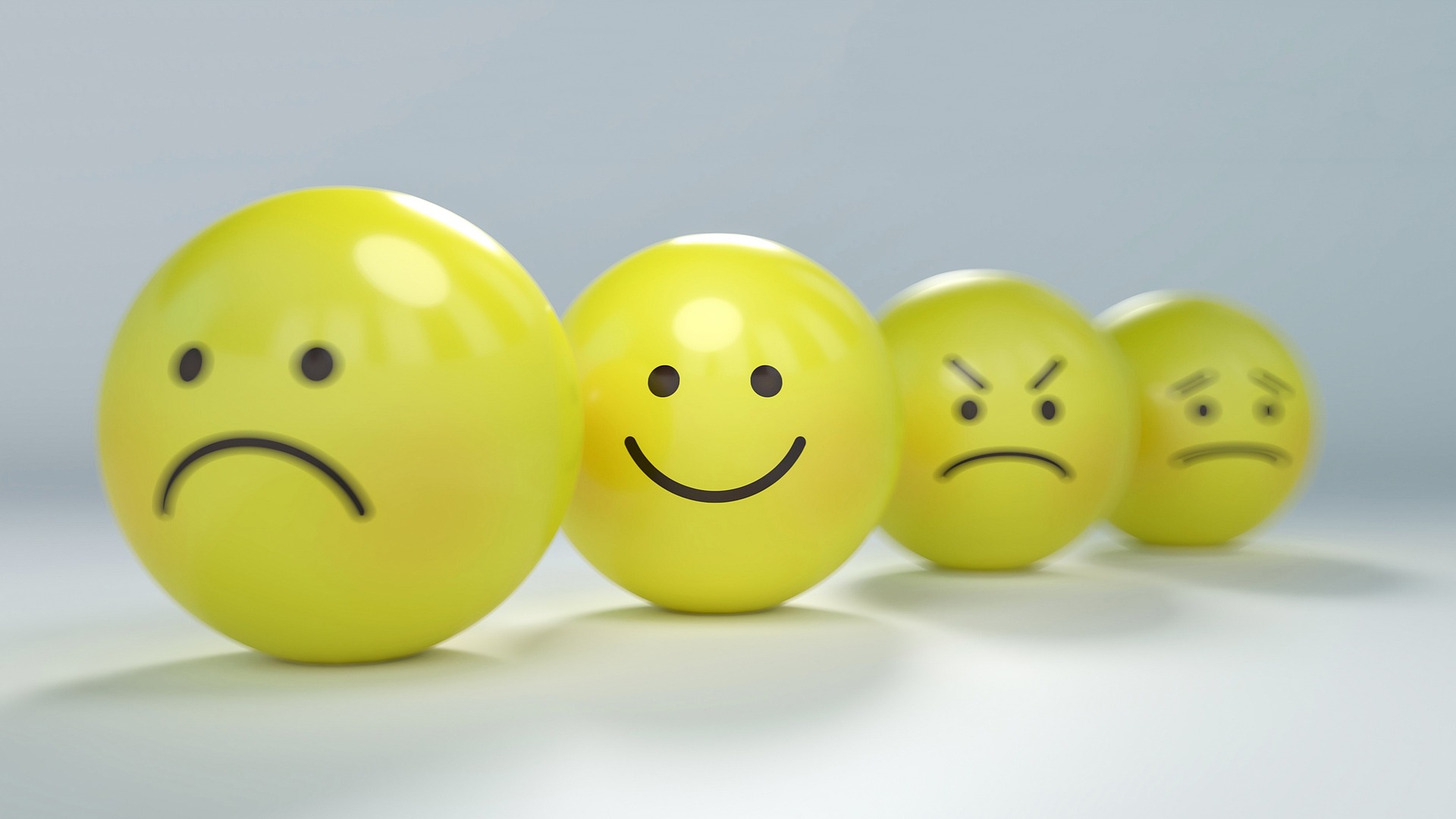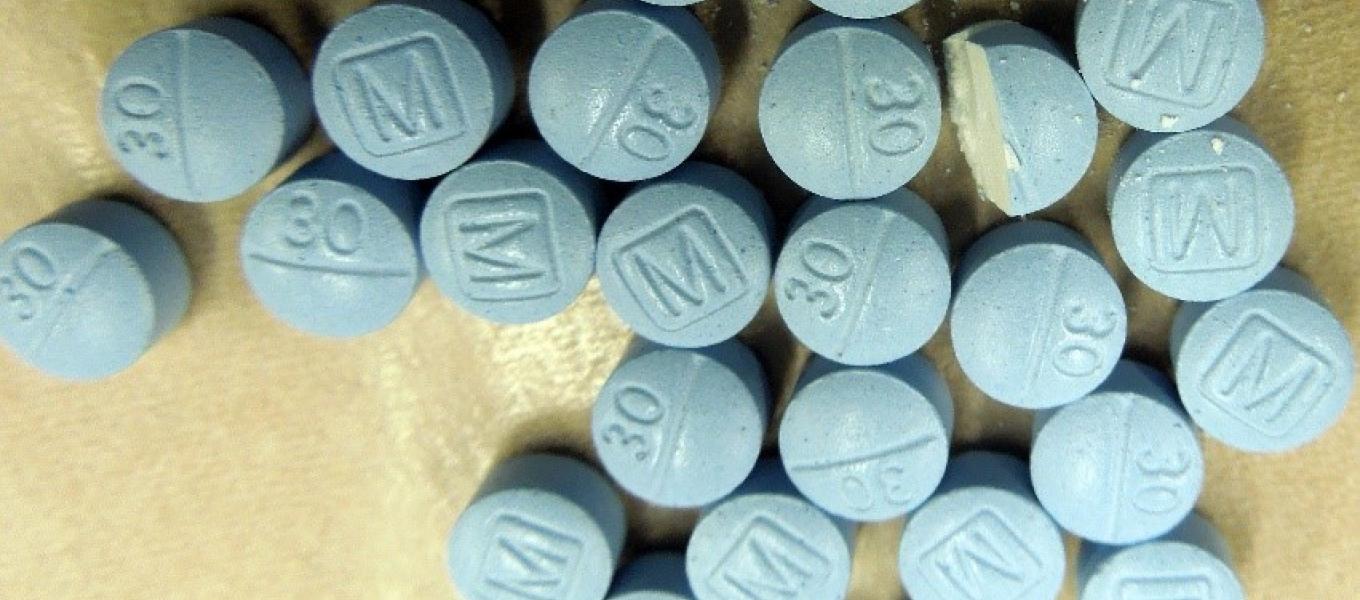
The reality of the situation is teen drinking is still a serious issue in the United States. According to the National Institute on Alcoholism and Alcohol Abuse (NIAAA), “People ages 12 to 20 drink 3.4% of all alcohol consumed in the United States …. More than 90% of all alcohol drinks consumed by youth are consumed through binge drinking.” The NIAAA adds, “In 2021, 3.2 million youth ages 12 to 20 reported binge drinking at least once in the past month.” These statistics are emblematic of why alcohol recovery for teen populations is critical, as well as alcohol recovery for teens in a Longmont IOP.
Understanding the Prevalence and Dangers of Teen Drinking
Alcohol is still the number one substance abused by teens (as well as all other age groups). The issue with teens is that drinking can cause some serious problems. These problems include academic problems, behavioral problems, familial problems, and developmental problems.
Many people don’t realize just how developmentally dangerous teen drinking can be. According to the 2020 article Alcohol and the Developing Adolescent Brain, “The high rates of teen drinking, and binge drinking in particular, are concerning because adolescence is a period of significant neural, social, emotional, and cognitive development. While teens may physically look like adults, their brains do not typically reach adult‐level maturation until around age. Therefore, any disturbances to brain development during this critical growth period could have long‐lasting effects.” These specific negative effects on teens are also why specific teen recovery programs are important.
The Importance of Teen-Specific Alcohol Recovery Programs and a Longmont IOP
Individualized care is critical for all populations in need of recovery. This certainly includes teens. Teens have many social issues that have to be navigated when it comes to recovery.
These are social issues that often relate to friend groups that can be triggering to teens trying to get sober. There are also issues of guilt and shame that teens may feel due to the stigmas that they perceive around going into recovery young. There are also issues with teens entering recovery because they don’t want to interrupt their academic careers too much (though, of course, recovery must always come first when it comes to addiction).
Teen-specific alcohol recovery programs, including a Longmont IOP, take all of these specific dynamics into account. These types of specific recovery programs offer an experience in which teens can connect and share their experiences, which can help to alleviate those feelings of guilt and shame. They can also utilize teen programs to stay closely connected to their recovery plan while also keeping connected with their academic lives. This is also what they can do in a Longmont IOP.
The Benefits of Utilizing a Longmont IOP
Teens can utilize a Longmont IOP to recover while also staying connected to the responsibilities they have to outside entities. Yes, this includes academics, but it also includes staying connected and recovering with their families.
A Longmont IOP also leaves plenty of time for teens to connect to teen-specific recovery communities. These include teen 12-Step communities which are vibrant and well established in Longmont, Colorado.
A Longmont IOP can also help teens avoid a relapse by helping them remain accountable to their recovery plan. This is important as many people don’t realize just how prevalent relapses in the U.S. actually are. According to the peer-reviewed article Addiction Relapse Prevention, “One primary concern in addiction treatment is the high rate of relapses within a short period after even the most intensive treatment. Many studies have shown relapse rates of approximately 50% within the first 12 weeks after completion of intensive inpatient programs that often last 4 to 12 weeks or more and can cost tens of thousands of dollars.”
Healing at the Cellular Level With The Redpoint Center and a Longmont IOP
Here at The Redpoint Center, we don’t believe in “one-size-fits-all,” “cookie-cutter” recovery. We have found that this type of recovery rarely works. That is why we always create individualized recovery plans for all of our clients. This includes our teenage clients.
We also understand that teens can be apprehensive about going into recovery. They often feel like they are too young and that they will end up on the outside looking in when they head back into their day-to-day lives. The reality is that sobriety is more popular than ever as people are becoming more and more aware of how dangerous alcohol use is and how much alcohol can interrupt a teen’s positive trajectory and promise.
Our primary purpose is to help anyone struggling with mental illness or addiction recover in the long term. The purpose becomes all the more promising when we help teens avoid a long life of active addiction and get their lives on track in their prime. When this happens, we know that our primary purpose is being fulfilled and, for that, we remain excited and grateful always.
Intensive outpatient programs (IOPs) can be particularly helpful for those teens looking to recover from alcohol addiction. Longmont, Colorado, has some excellent IOP options for teens ready to get sober. Longmont is also an ideal place for anyone to get sober as it has a great ratio of nature to cityscape as well as a vibrant recovery community. If you feel like you or someone you love is struggling with issues of alcohol addiction, mental illness, or both, we can help get you on the path of positive recovery. For more information about the benefits of IOPs in Longmont, please reach out to The Redpoint Center today at (303) 710-8496.











